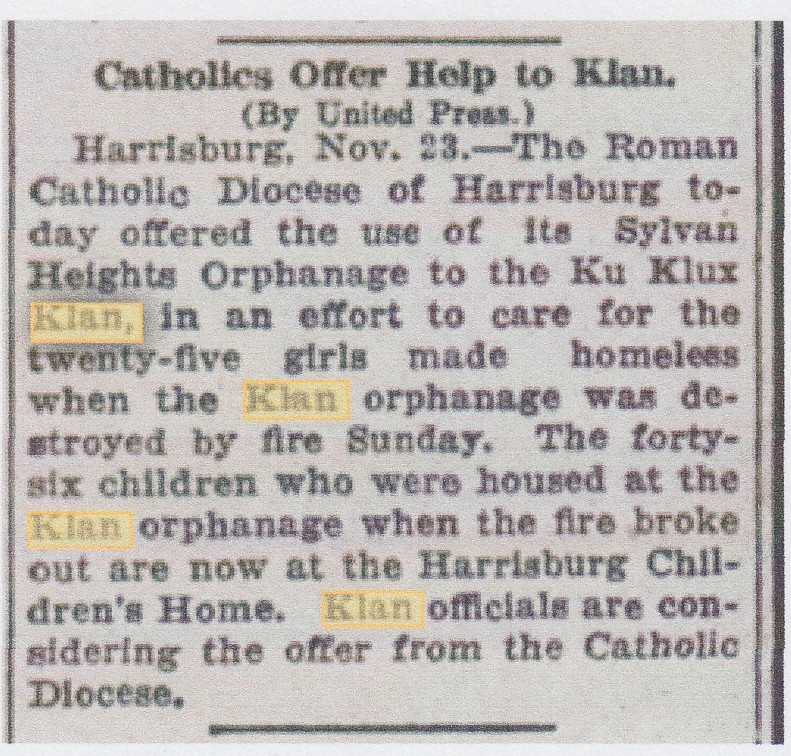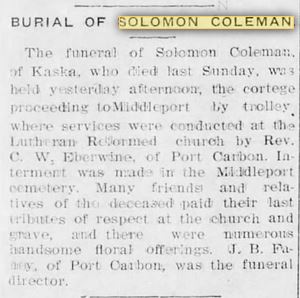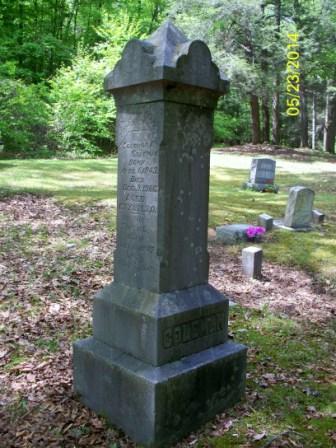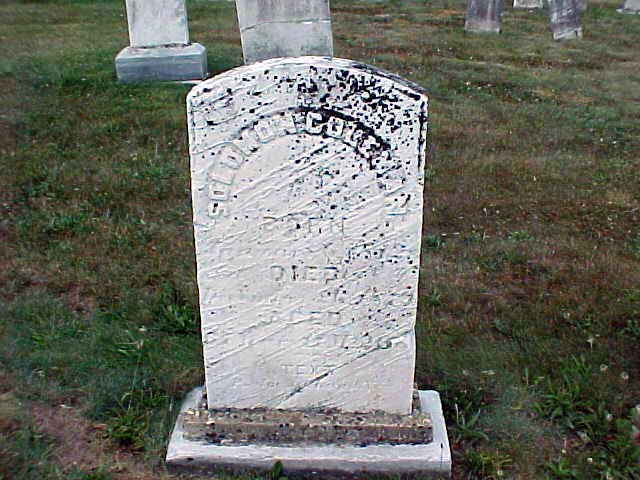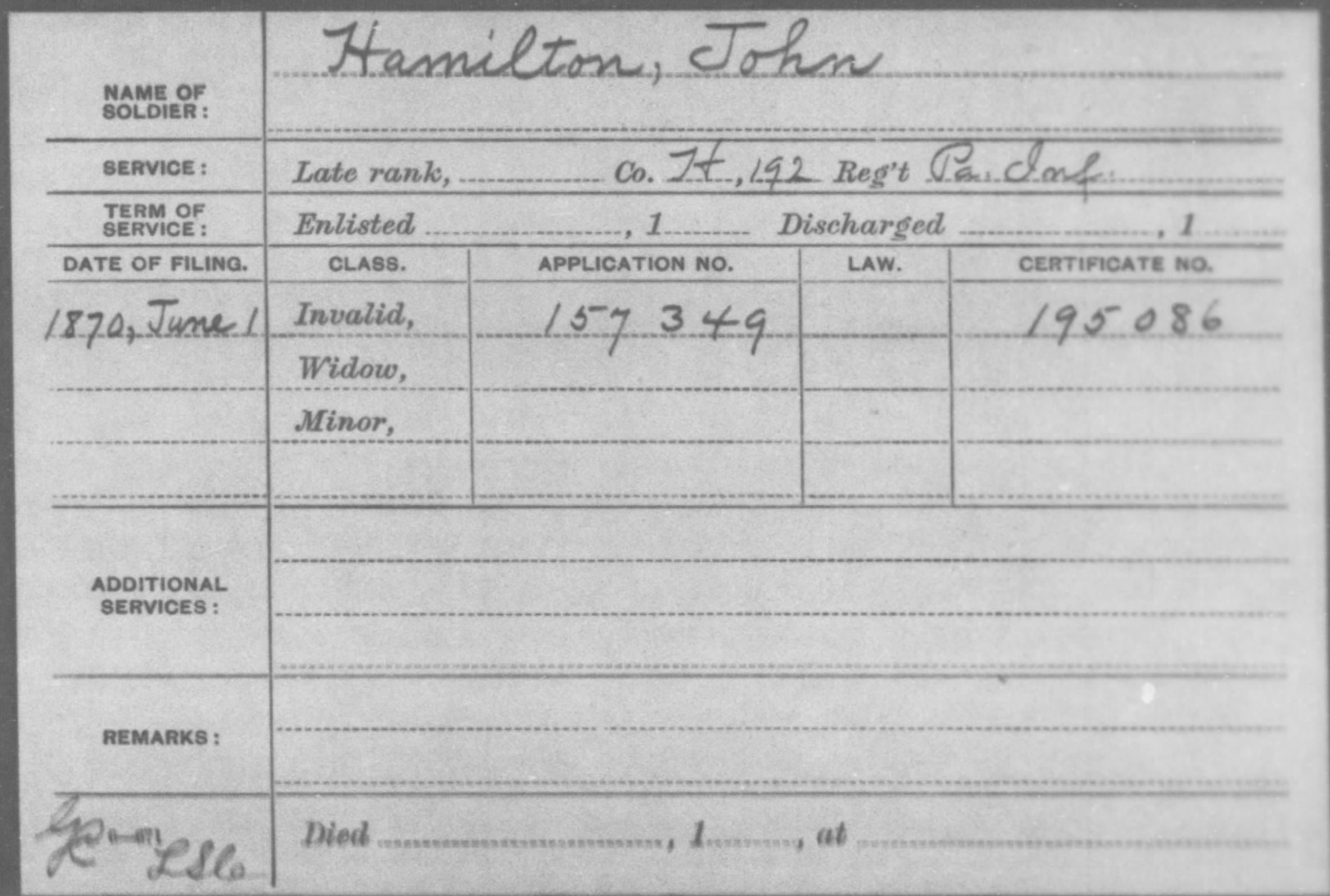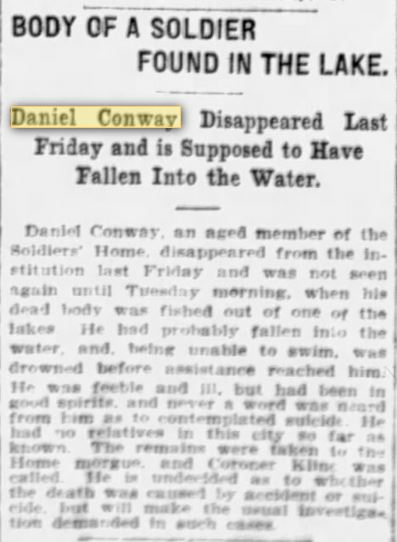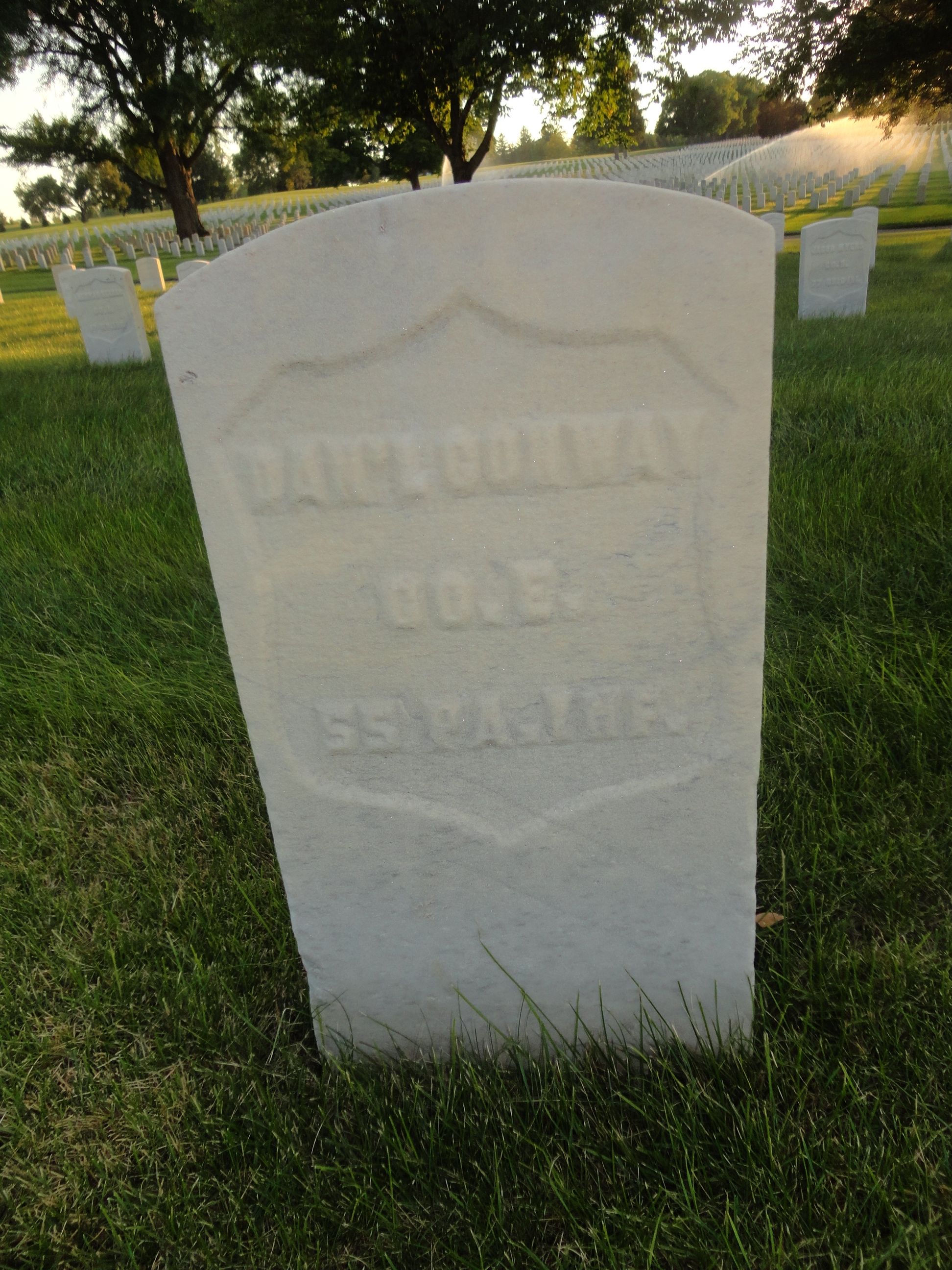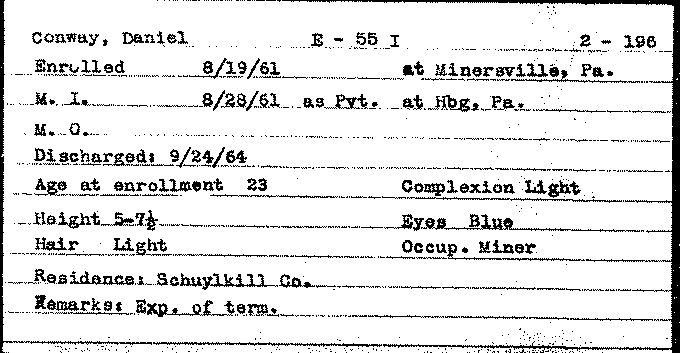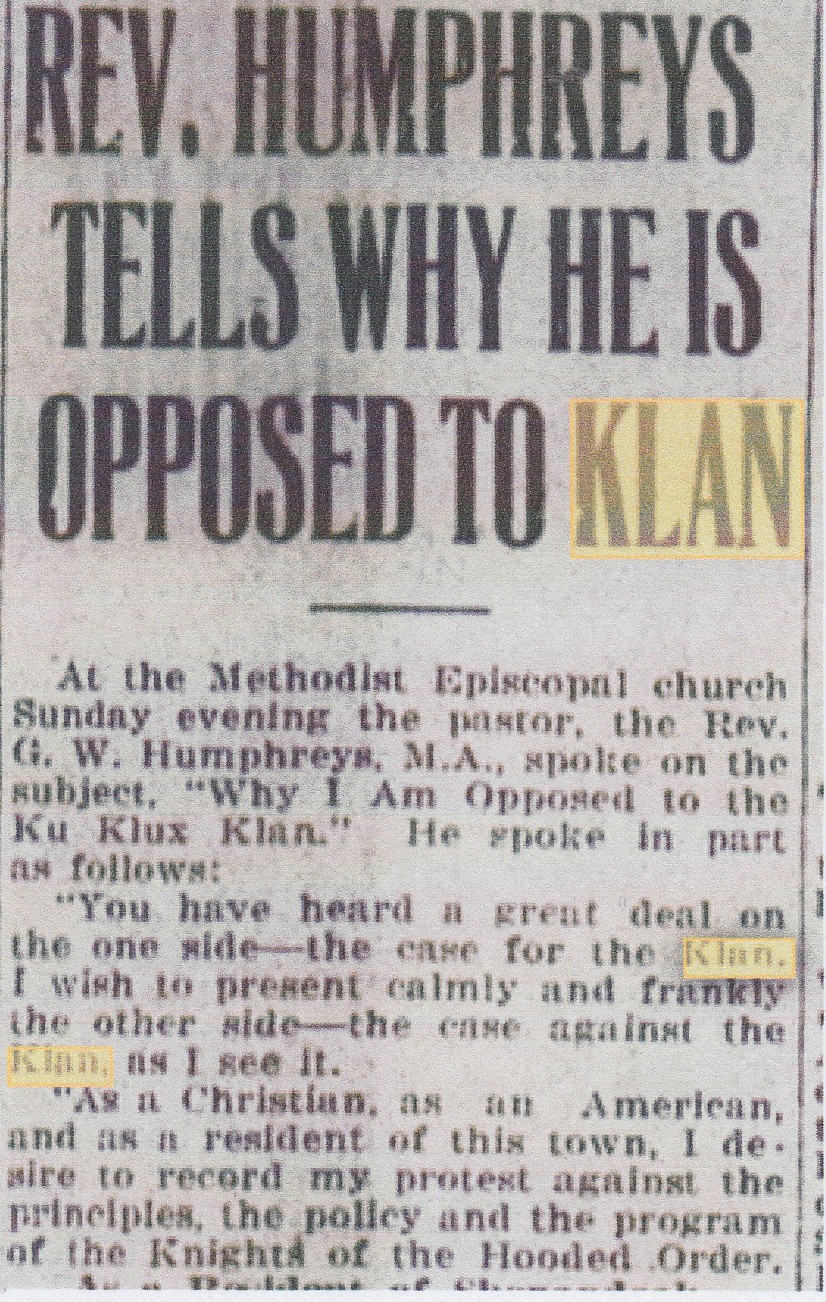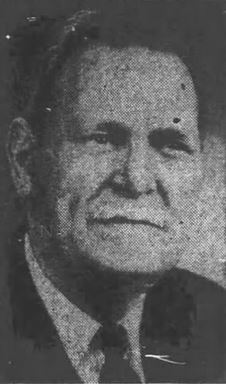Dr. Humphreys was born in Brighton, England, in 1875. He graduated from Oxford University, was a tennis champion in 1898, and emigrated to the United States in 1902. After ordination, he first accepted a call to a church in Brooklyn, New York, later accepting a call to Philadelphia, In 1923, he became the pastor of the First Methodist Church in Shenandoah, Schuylkill County, Pennsylvania. After leaving there in 1928, he served churches in Lancaster, Pennsylvania; Danville, Pennsylvania;, and Salisbury, Maryland. He was the author of four books, one of which was entitled A Pastor Speaks Out. Late in his career, he served Pennsylvania churches in Minersville, Fountain Springs, and in retirement as a supply pastor in Philadelphia and Schuylkill Haven. Dr. Humphreys died of a heart attack on 6 November 1949 in Schuylkill Haven.
This post is a continuation of the reporting on hate groups that were active in the Lykens Valley area in the years following the Civil War. It was a widely known fact that the third iteration of the Ku Klux Klan had a significant presence in the Lykens Valley and adjacent valleys during the early years of the 20th Century. This iteration of the Klan was strongly white supremacist and was opposed to equal rights for African Americans, Catholics, Jews, and immigrants.
The sermon of Rev. Dr. George W. Humphreys was published in the Pottsville Republican and Herald, 27 January 1925:
REV. HUMPHREYS TELLS WHY HE IS OPPOSED TO KLAN
At the Methodist Episcopal Church Sunday evening the pastor, the Rev. G. W. Humphreys, M.A., spoke on the subject, “Why I am Opposed to the Ku Klux Klan.” He spoke in part as follows:
“You have heard a great deal on the one side — the case for the Klan. I wish to present calmly and frankly the other side — the case against the Klan, as I see it.
“As a Christian, as an American, and as a resident of this town, I desire to record my protest against the principles, the policy and the program of the Knights of the Hooded Order.
As a Resident of Shenandoah
“As a resident here I protest the entrance of an organization that would bring strife into our home life, business life, social life, church life.
“Here there is a friendliness — not seeming, but real — that is not affected by denominational differences.
“I have noticed that one of my own church number, lying seriously sick, sympathetic inquiries pour from all sides, Catholic and Protestant alike.
“It is a friendship that has taken many years to build.
“Our burdens, anxieties, sorrows, problems, we mutually bear.
“Many years of living together have constructed this common trust, this common affection, this common comradeship.
“And if this structure builded by wise hands and loving hearts shall be town down, and enmity reared in its place, the friendly feeling of these days may come again — nevermore.
As An American
“But why as an American should one protest? Is not the very slogan of the Klan ‘one hundred percent American?’
“Let it be admitted that it stands loyally and strongly for many things vital to America’s life. Let it be further admitted gladly that its motives are of the highest — it is not now of the motives, but of methods I wish to speak.
“I do not understand how the masked form and face can be linked with the American principles of fair play and freedom.
“It impresses one as a reasonable demand that all men outside the privacy of a lodge room shall be required to openly face the world unashamed and unafraid.
“Under over of the hood many dark deeds have been done and more will be done by men who merely pretend to be Klansmen to work their own wicked ends.
“But we hear much of the courage with which the wrongdoer has been attacked and claims made for bravery mounting to heroism on the part of Klansmen, in many instances are undoubtedly sustained.
“Immoral men and women have been visited, dragged from their homes — sometimes from their beds — to be taken to some spot remote, there to be tried, sentenced, punished.
“But it is this method I protest. The worst man in this community of land has a right to trial by jury, and the strongest government totters when any organization shall take to itself the administration of the law.
“The situation at Herrin, Illinois, is just what one may expect everywhere when such methods prevail.
[While this address was being delivered, Monday morning papers show, the Klansmen were patrolling the streets of Herrin and none was allowed the freedom of those streets except he could give the pass word of the Klan. Two hours after the addressed closed Glen Young, for long paid raider for the Klansmen, and his lieutenant and the Deputy Sheriff lay dead in the streets. A striking commentary upon this situation to this town.]
“One Saturday morning last August, Chester Reid and his wife and babe arrived in Herrin. They planned to make their new home there. Stopping to obtain gasoline or his car Reid found himself surrounded by opposing factions. Immediately he sensed danger and running forward with upraised hands begged them not to fire on the lives of his wife and babe should be endangered. The answer was a bullet that stretched him lifeless and in two minutes five others were lying by his side. He was probably not shot by Klansmen, but by the Sheriff and deputies gathered to take the field in reprisal of over four hundred raids conducted by Klansmen who took the law into their own hands.
“William Chenery, in an article in the Century Magazine of December issue, an article sympathetic in spirit toward the Klan, says: ‘Private homes were invaded in the dead of night; men, women and children were aroused and acts of terrorism were practiced. Righteousmess was rampant.” It is the word righteousness I challenge. Can any act of force become righteous because good men are the attackers and bad men are attacked?
“Is murder less murder when good men kill the bad, than when the bad kill the good?
“It is not clear that whatever the character of those concerned an act of force must either legal or criminal?
“An, it is not equally clear that whenever even reform pursues a lawless course, the logical result must be unrest and strife? Today Herrin is a town torn asunder by contending factions, comfort gone, business prosperity gone, though it is the economic center of a region before prosperous, through thick veins of good coal and rich agricultural lands all about. The experience of Herrin will be repeated in every town where Klansmen sway.
“The method is wrong. Even God does not visit the unrighteous to punish. He waits until the law shall deal fairly with them at the judgment day.
“The method is the issue. Here is a bad woman (to speak of the case made public a short while ago) threatening to wreck the happiness of a home. The Klansmen visited her, take her to the fields and in spite of screams and struggles speedily had her tarred and feathered.
“Think of a woman in the hands of fifty men with not one to defend or sympathize.
“And let your mind go back 2,000 years and look at this scene.
“A notorious woman — possibly the worst in Palestine in the hands of a mob dragged through the streets flung into the dust, but falling fortunately at the very feet of Jesus.
“As he looks around he sees faces gleaming with hate and sprained hands, in every one a stone. (And in this instance a stoning would not be lawless but legal under the Mosaic code)
“Yet Christ stands between the enemy and the woman who was a sinner. Only one man between her and death and yet Jesus saves her.
“Perhaps we are never more proud of Him than when He stands with flashing eyes and outstretched hand saying, ‘Let him that is without sin among you cast the first stone at her.’
“And when all had slunk away — for the devil in Pharasiac garb or any other — can never face Jesus Christ. He turned to the woman, ‘Hath no man condemned thee?’ and she said ‘No man, Lord.’ Then in words the most revolutionary of history, ‘Neither do I condemn thee, go sin no more.’
“I appeal from the method of the Klan to the method of the Christ. Shall it be force, or love? Moral militarism or the heart’s own plea?
As a Christian
“And it is her, I lodge my warmest protest. As I understand it the issue is this, the Klan or the Christ? Here is an organization that discriminated against Catholics, Hebrew and Negro — the double challenge of racial and religious distinction. I am against an organization that is against anybody. I am for an organization that is for everybody, believing that every man of whatever creed or color is a brother for whom Christ died.
“And possibly the biggest problem that Jesus faced was that He cam of a people whose consuming passion was a pride of race. The autocracy of the Jew was no less than the autocracy of the Roman. There was no hint of democracy anywhere when Jesus came. Men’s ideas were linked to geographical boundaries.
“It took the eye of the Son of Man to flash beyond the hills and valleys of Palestine and over great seas and great continents stretched the field of His dreams.
“It took the heart that was too large to hold less than a world to offer freely and equality to all an atonement barriered by no limit of geography — a redemption that knew nothing of a chosen people or a favored race, but that caught a whole stunning world in its arms that in the universality of its outlook and in the catholicity of its spirit offered to all the enfranchisement of the skies, the freedom of the sons and daughters of the blood royal of heaven.
“But Jesus must die to be understood.
“Liberty, equality, comradeship were lost words in a lost world.
“When suddenly against the sullen sky lifted the victorious cross.
“Men stood in awe before this commanding act. Her at last all men are free, and all men are equal.
“Here at last God’s love flows over all — the beggar and the prince, the king and the slave, the white, the black, the brown, the yellow, kneel together hand clasped in hand.
“Who dares to speak of race superiority under the shadow of the cross and in the face of the dying Son of Man?
“And this oneness of humanity is the perpetual emphasis of a God ‘Who hath made of one blood all nations of the earth.’
“And 2,000 years after Christ died to abolish racial distinction and organization arises to stress racial difference and aggravate racial prejudice. And 2,000 years after Jesus prayed for his people ‘that they may be one as we are one,’ an organization arises to sever sharply the two great branches of the church which Christ so loved as to give Himself for it.’
“How must Jesus feel?
“How would any of the redeemers of the race feel?
“How would Lincoln feel could he look upon an organization that discriminates against a dark people whose redemption cost him life?
To conclude with the terms of indictment:
“I am opposed to the Ku Klux Klan because in spite of high motives I believe is racial and religious prejudice to be hurting the hear of the dear Son of God.
“I am opposed to its appeal to fear usurping the gospel appeal to love.
“I am against its lawlessness as an adherent and lover of law.
“I am against it as a resident of this town, whose safety it would endanger and whose peace it would destroy.”
In contrast to the views of Rev. Dr. Humphreys, other ministers in the Lykens Valley area were not so enlightened regarding the Klan. Previously on this blog, the Klan leadership of Rev. Clinton S. Miller was presented.
 ;
;
